Nature reports
Page 32 of 40 - 400 Results
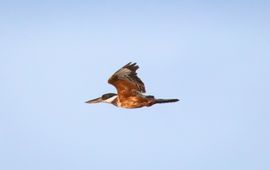
2019 proved to be an exciting year for birders on Bonaire, as three new species have been identified. The Brown-chested martin, White-collared swift and Ringed kingfisher were added to Bonaire’s increasing index of local birds...
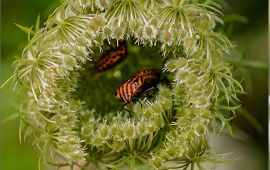
It’s no secret that many insect species are decreasing worldwide. We could fix these insects’ problems, according to more than 70 scientists from 21 countries. Their road map to insect conservation and recovery was published in..
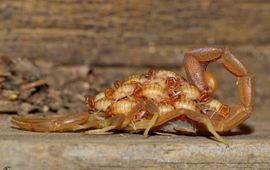
A 2004-2005 study led by a researcher from the California Academy of Science worked to catalog arachnid species (such as spiders and scorpions) on Aruba, Bonaire and Curacao. The recently published results in the Caribbean..
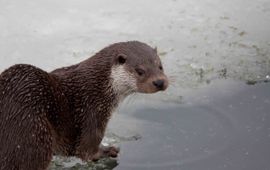
After the otter became extinct in the Netherlands in 1988, a programme for the re-introduction of otters has been ongoing since 2002. Data of winter 2018/2019 show that the population keeps growing in distribution and numbers, but..
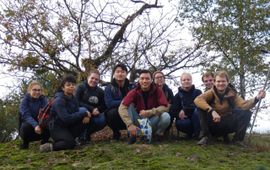
Oak tree health in Europe is declining. Fourth-year students from the Avans university will investigate and monitor the health of oak trees in the Loonse and Drunense Dunes. They will analyze the leaves using remote sensing and..
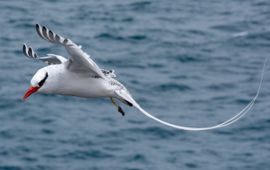
Black rats pose a significant threat to the biodiversity on Sint Eustatius. A rodent control project, funded by the Ministry LNV and implemented by Caribbean Netherlands Science Institute (CNSI), was launched in 2017. Over the..
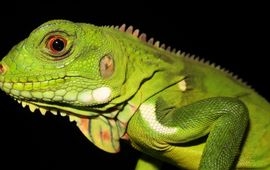
Hurricane Maria devasted several Caribbean islands in 2017. A major relief campaign was launched to help the affected population of the Commonwealth of Dominica. It has now been established that in addition to emergency aid,..
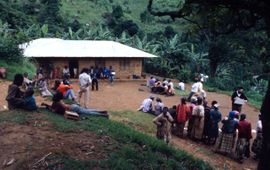
Science… You might associate the term with professors with thick glasses and white coats, or large university buildings. For ages, science has been like that indeed. A new field originated during the past few decades though, based..
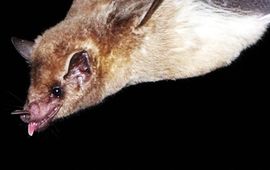
Bonaire houses about two hundred caves. These caves provide crucial habitat for several important animal species, especially five species of the island’s only native terrestrial mammals, the bats. The Bonaire Caves and Karst..
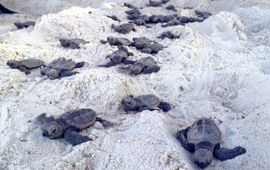
The sea turtle nesting season has officially started: each of the Dutch Caribbean Islands has reported their first hatchlings of the year. The official season runs between April and December, with slight differences between the..
